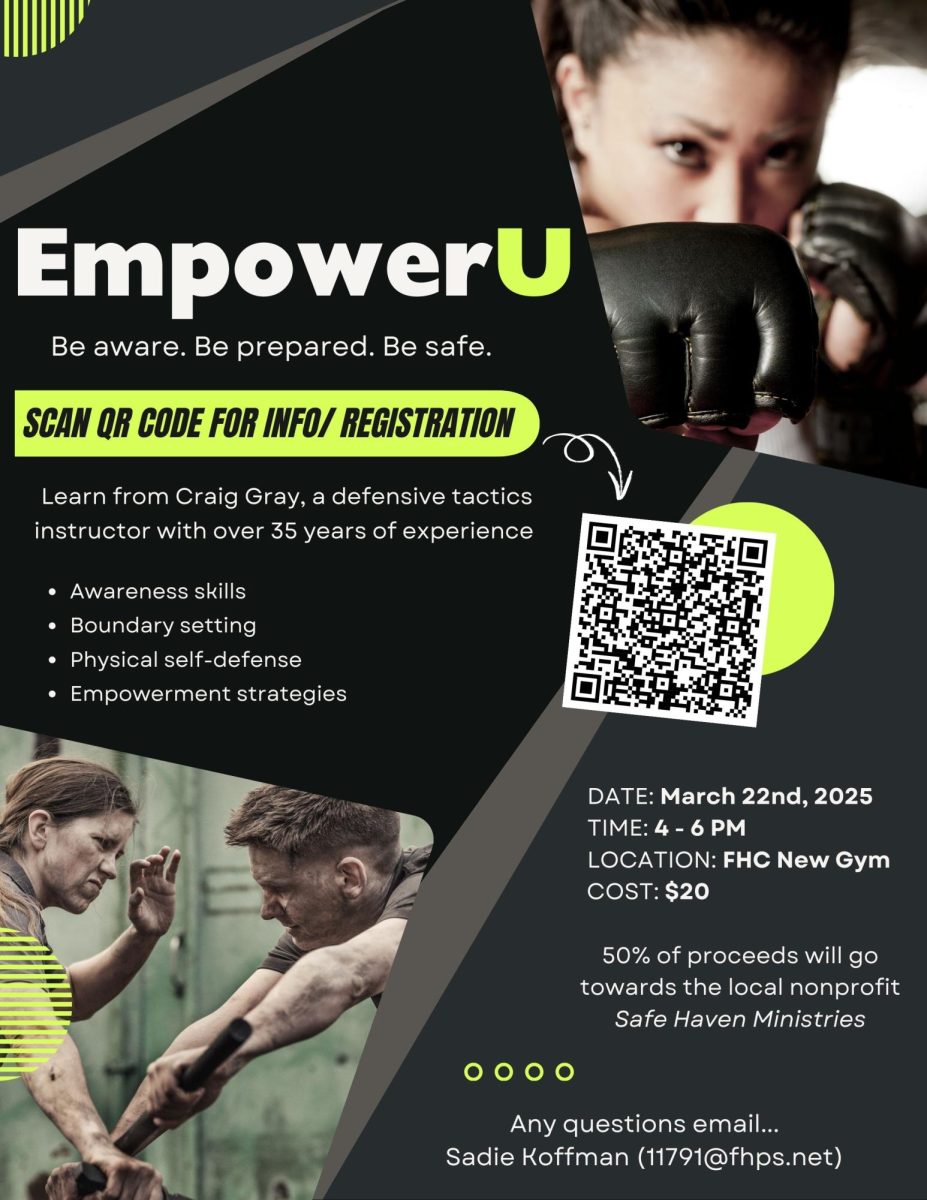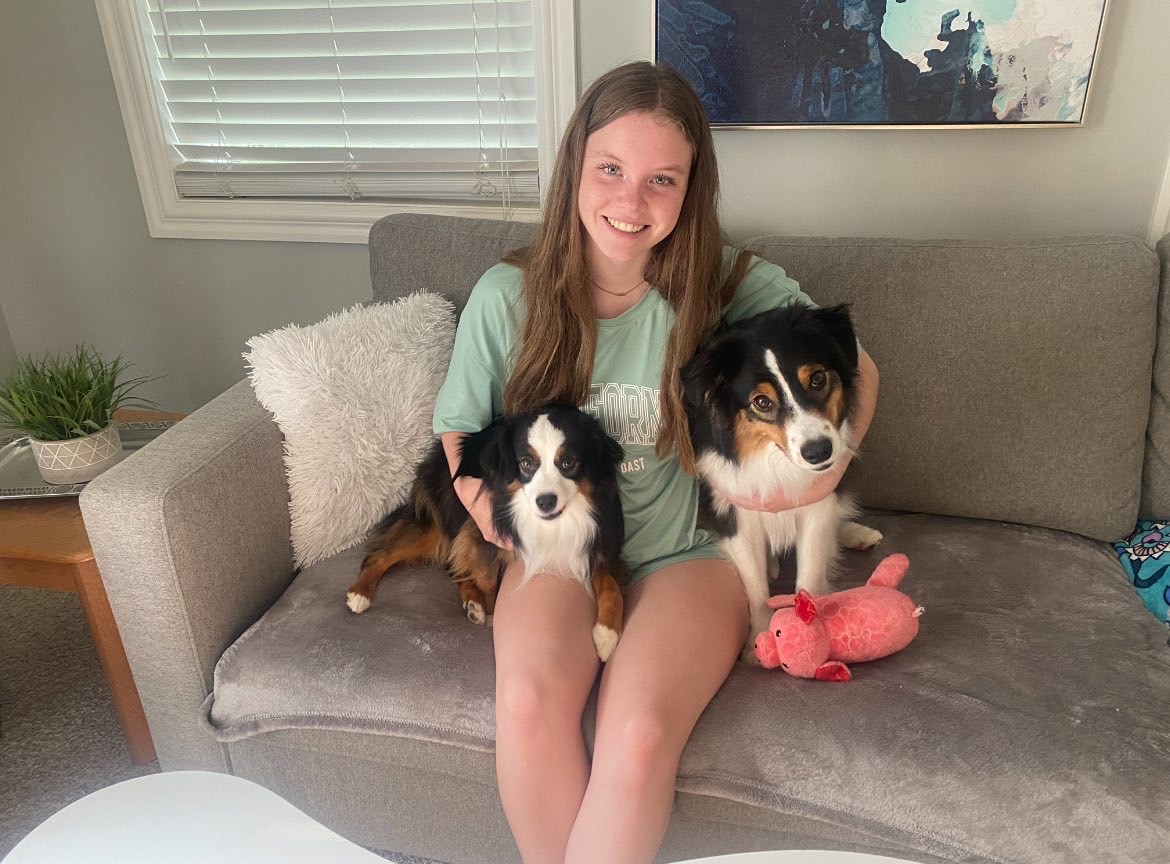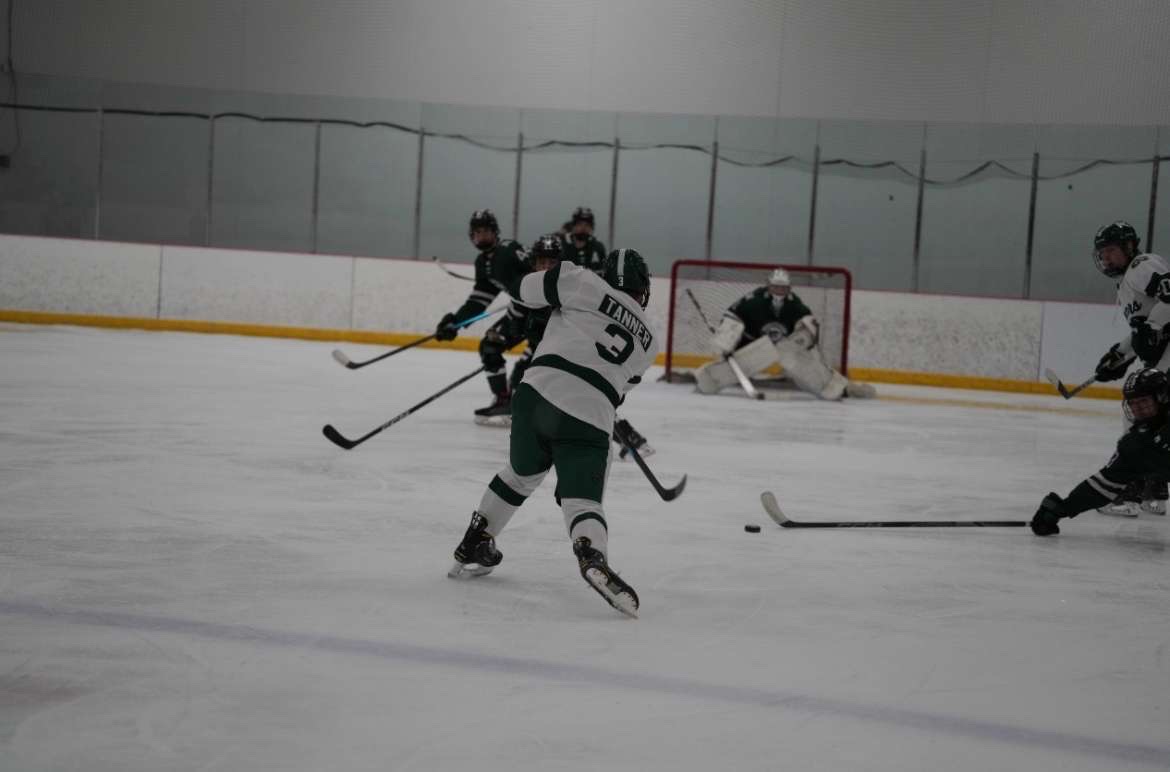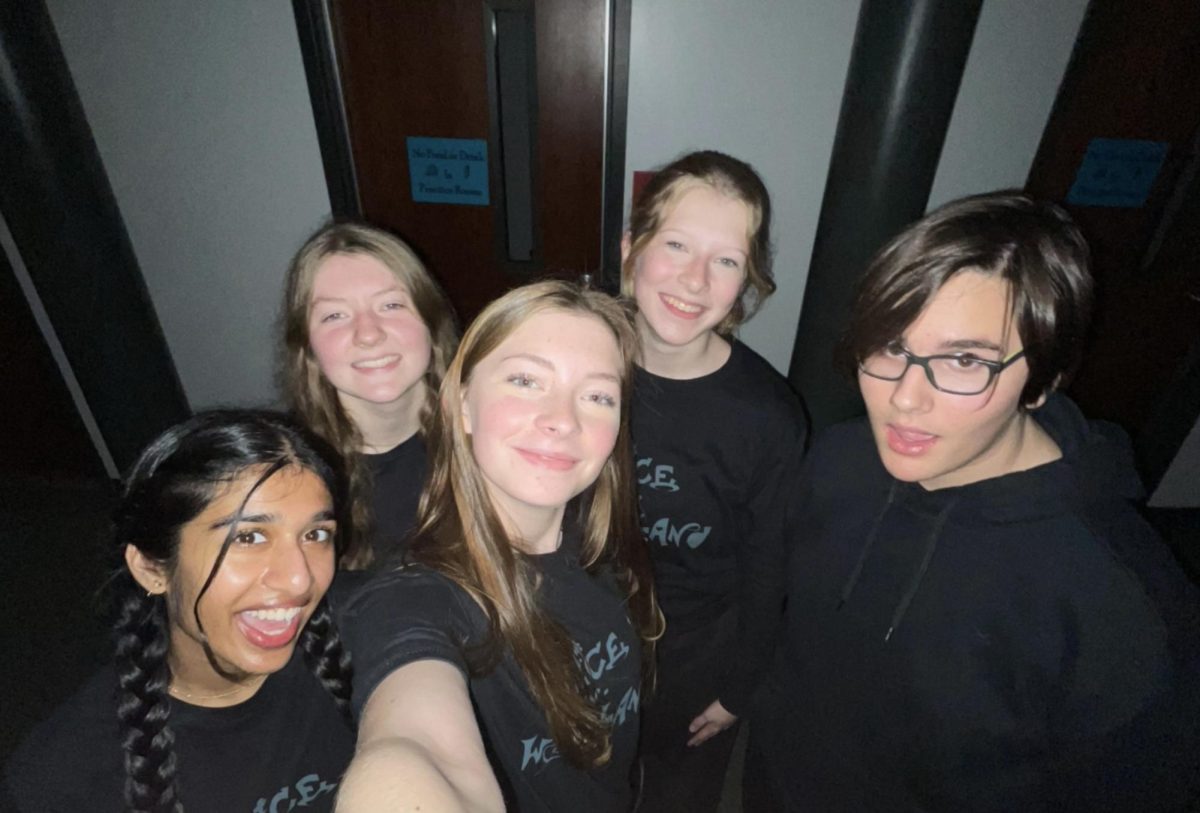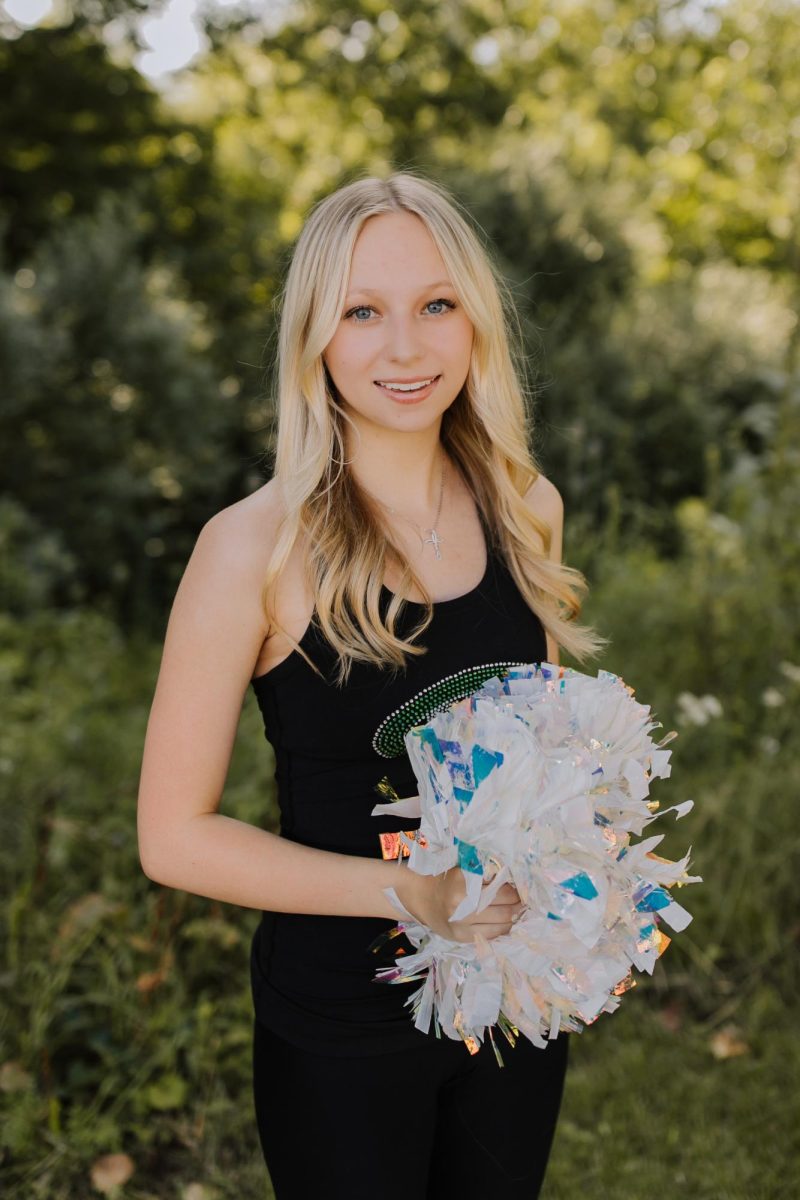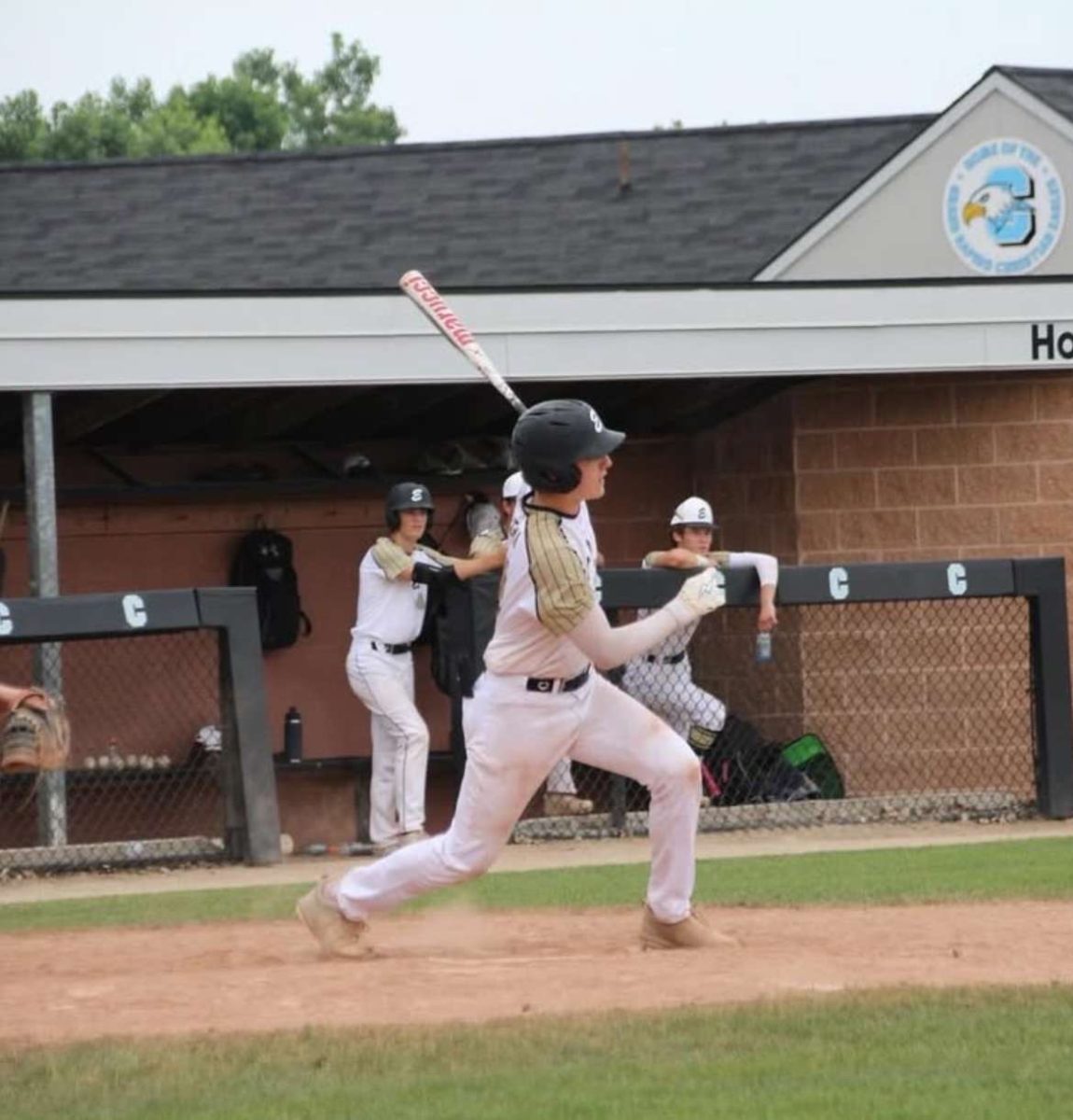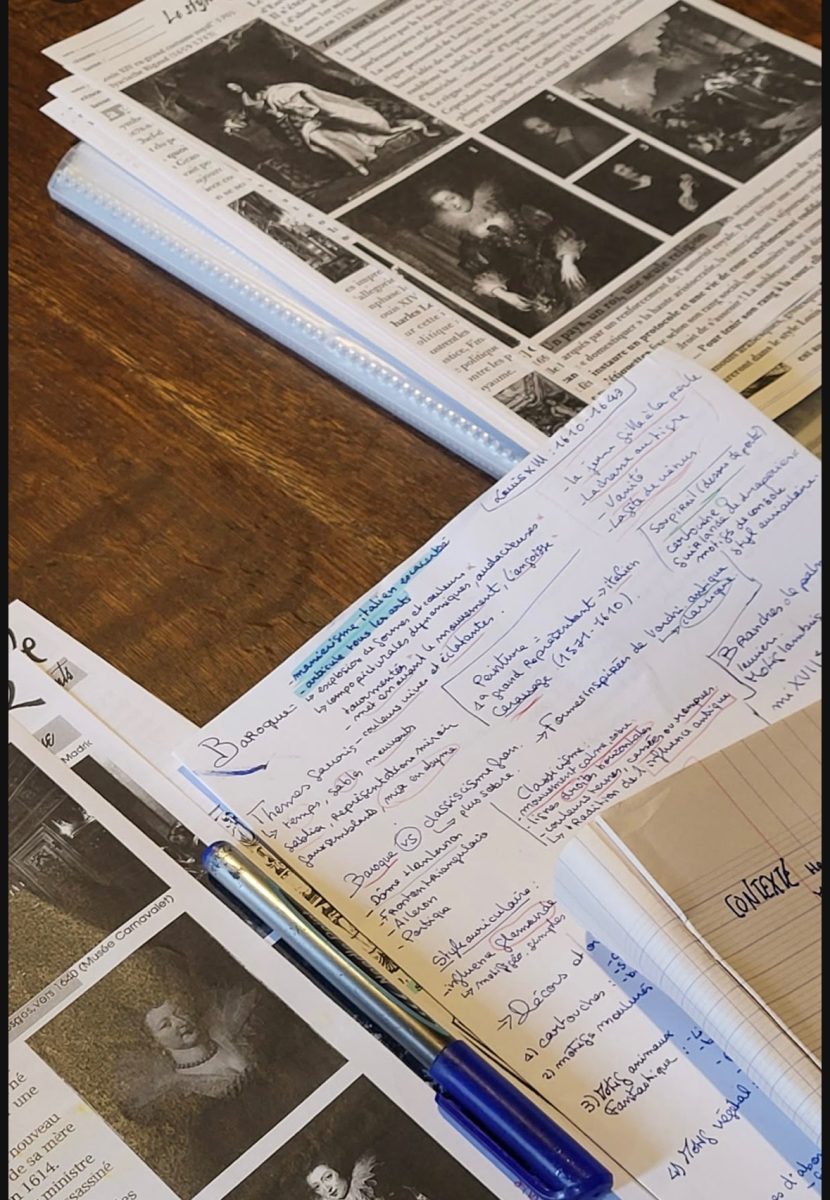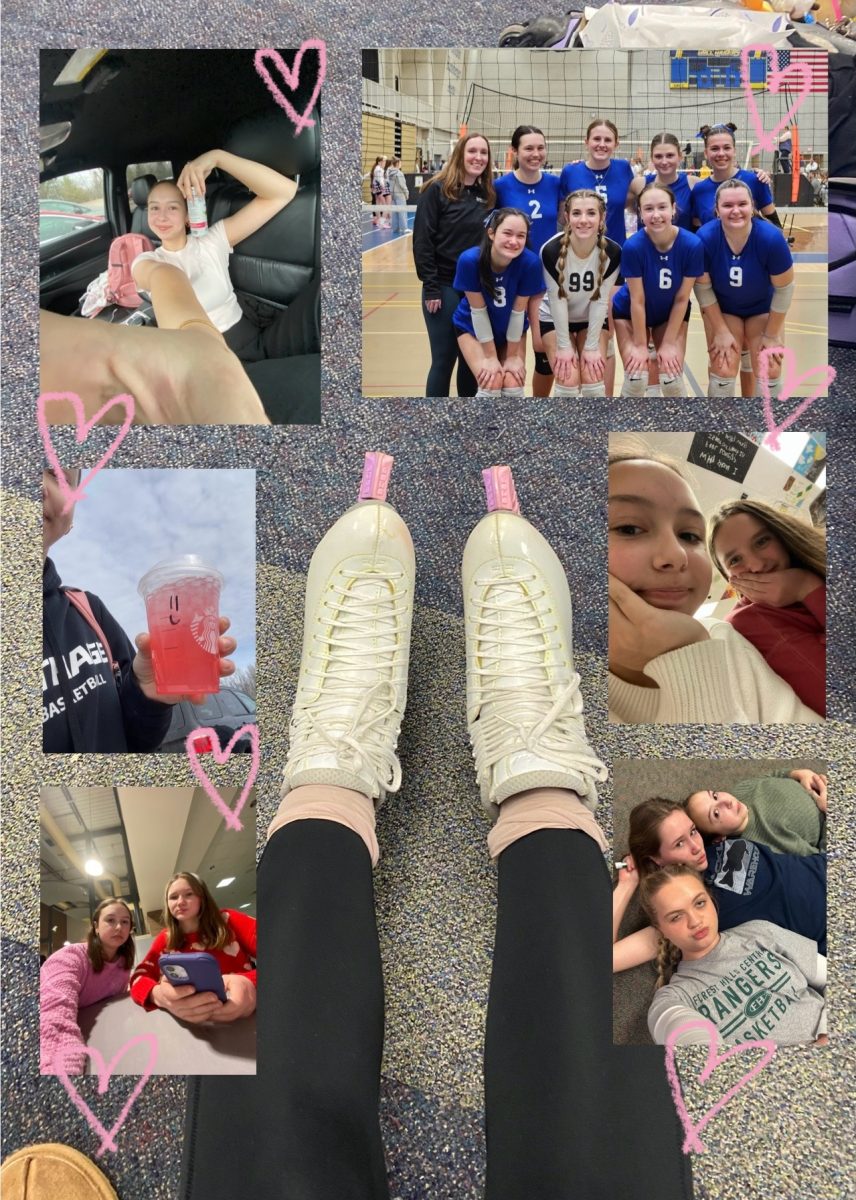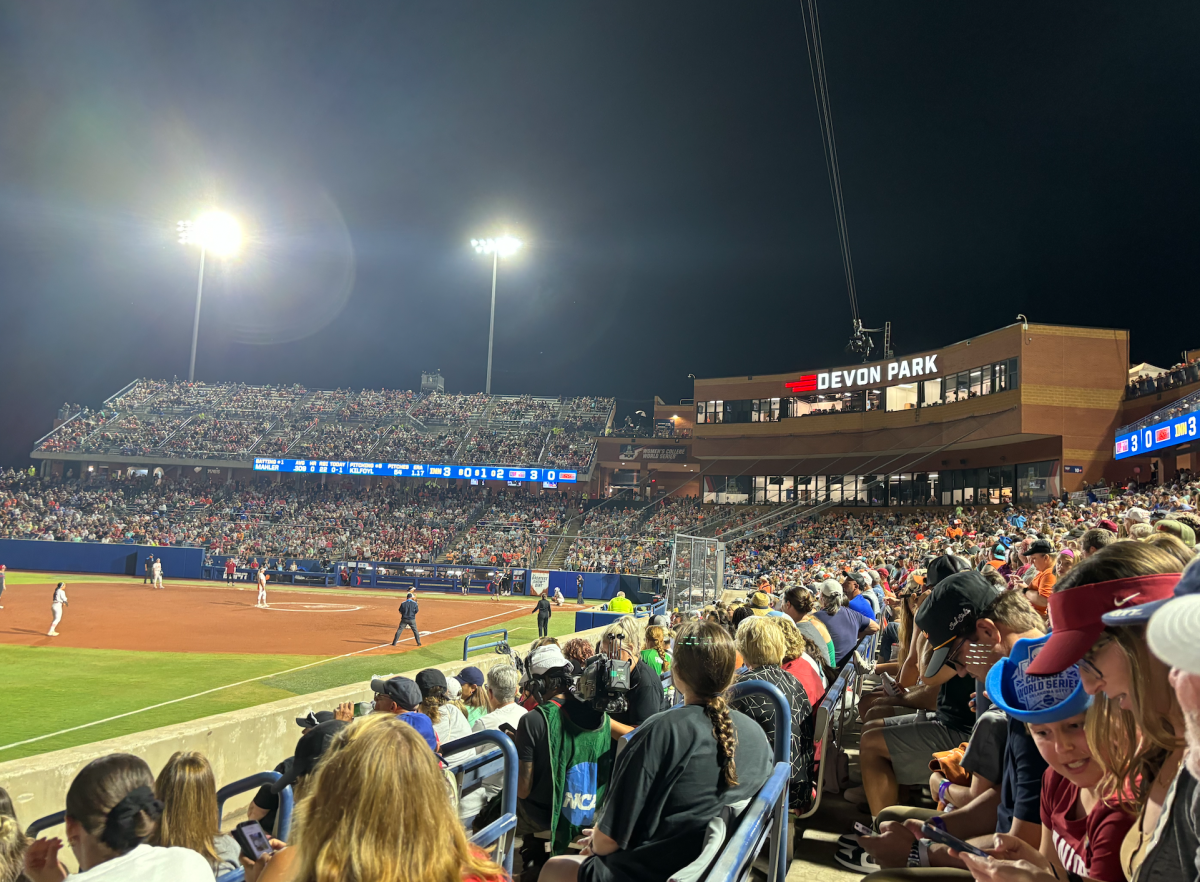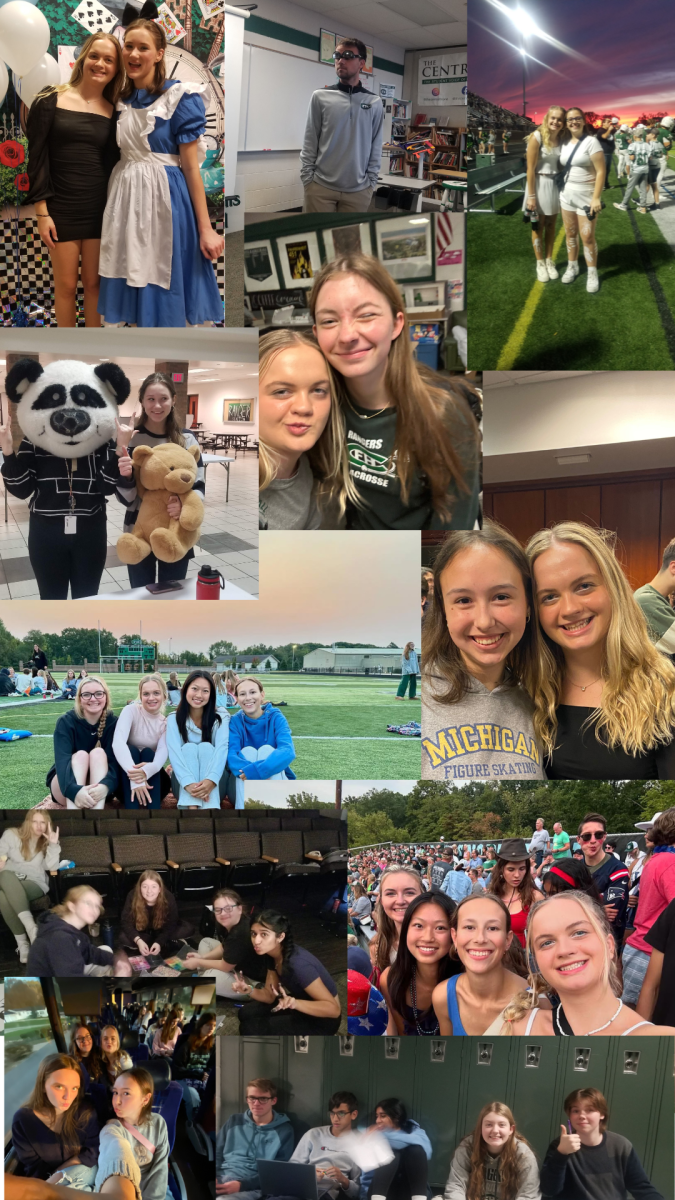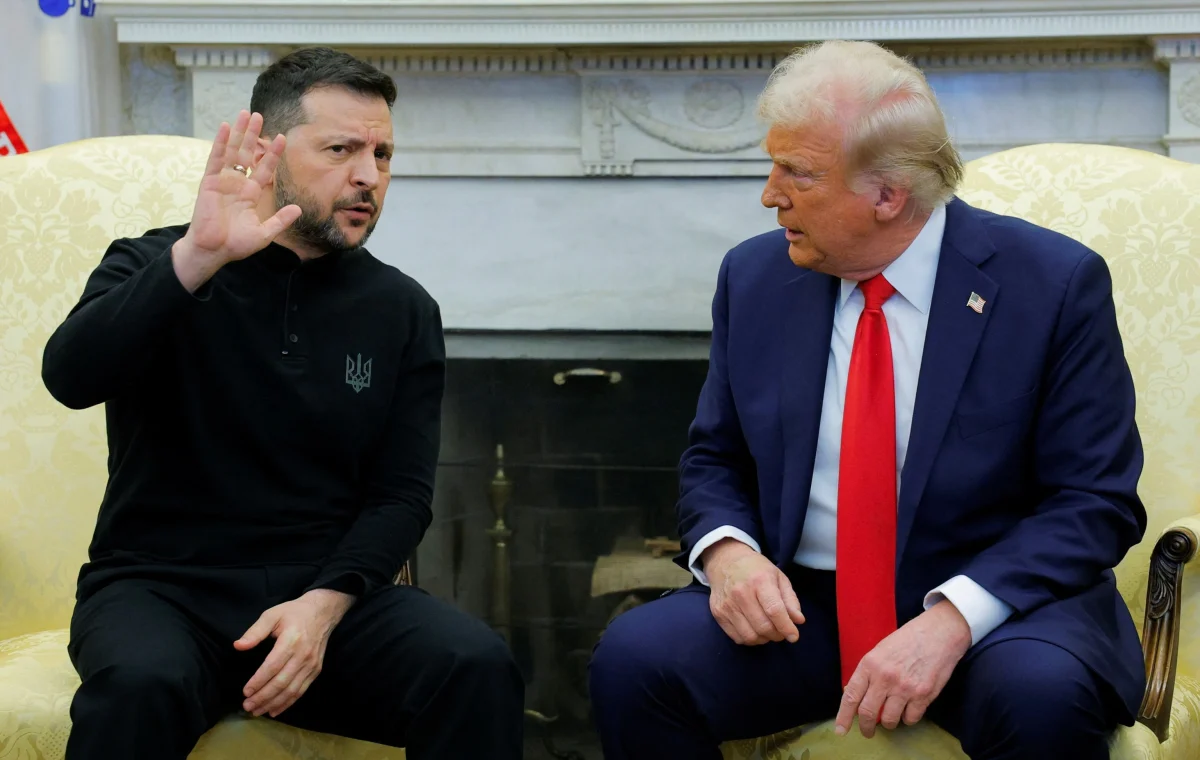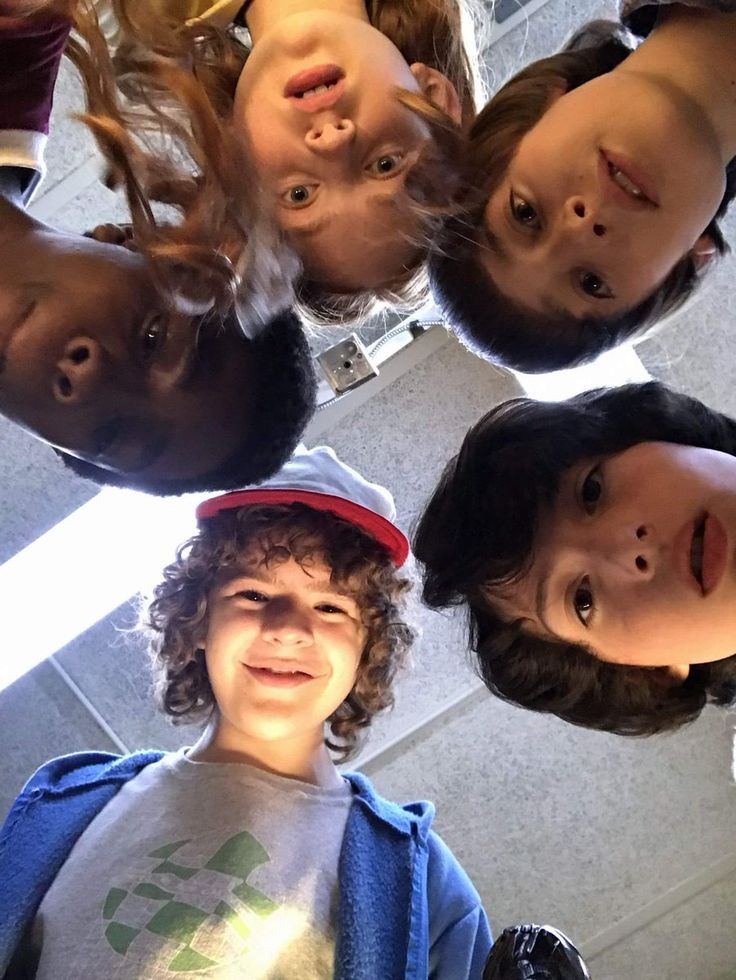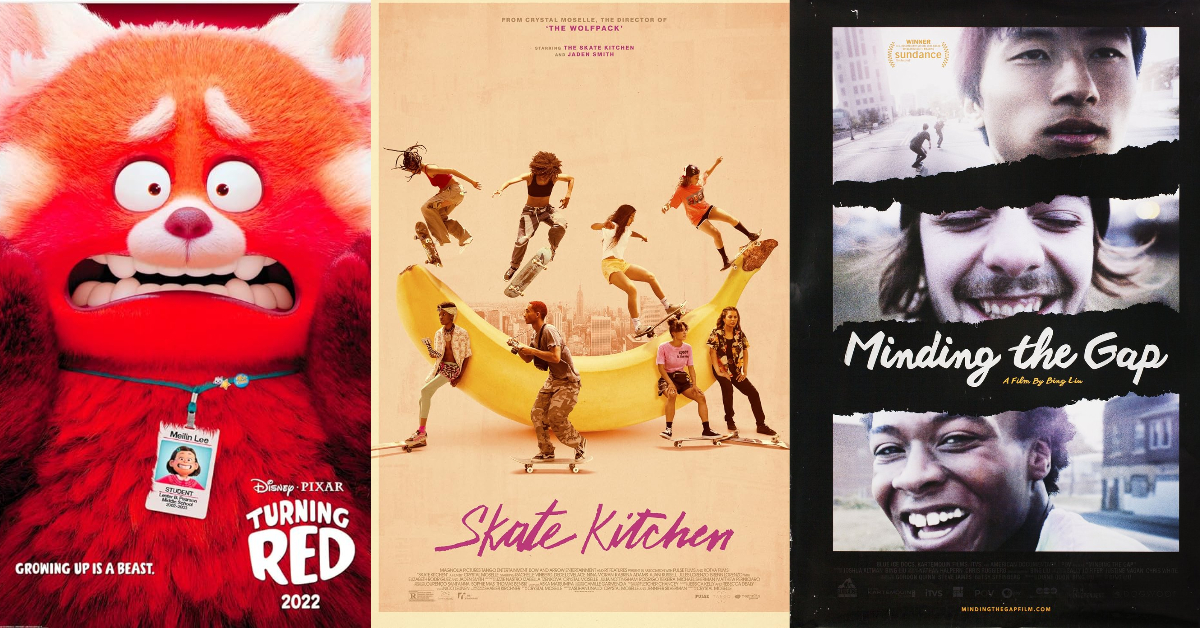Teachers at FHC work around the chaos of accommodating quarantined students

FHC teachers who have all had a different experience with quarantined students
The first thing that comes to mind when AP Literature and Language teacher Lisa Penninga thinks of the word “quarantine” is the feeling of being separated from other people and having to detach from others, especially when being sick.
A pattern that Penninga has noticed with a lot of her students is that when they come out of quarantine, they come back to school and are sometimes more tired than usual.
“I’ve had a couple of students who have been really tired,” Penninga said. “The fatigue hit them really hard. Currently, I have one [student] with a headache, [and] she’s not able to look at screens, so I try to meet them where they are and work with them.”
As a teacher who values connections with students along with helping them succeed in her class, it can be hard to make lesson plans when some of her students are in quarantine.
“I like to have more interactive [and] engaging activities that are in-person and [involve] no computers,” Penninga said. “It’s hard because there’s a balance [of] if I make [in-person assignments], then I also have to adapt it to my quarantined students.”
Although it has been difficult learning how to teach kids at home and in person at the same time, there are also benefits that come with online learning, such as the vast number of resources available for students to apply to their learning and the array of platforms available for teachers to utilize.
Platforms such as Screencastify and Zoom have made school more accessible for students in self-isolation, not only in helping them complete their assignments, but also to prevent them from falling behind in school. Mrs. Penninga also understands that students doing school from home might not always want to Zoom in for six hours a day, so sometimes she creates videos for every class.
“Sometimes I will make videos in the morning—I haven’t been zooming in [because] it’s just too hard for students to feel like a part of the class, and it’s kind of awkward for students who are quarantined [but] don’t want everybody to know,” Penninga said. “I have found that making videos is the best way to do it, and I try to do as few videos as I can so that they don’t have to watch a lot of them.”
But what exactly does the process look like for a quarantined student from the beginning to the end? According to history teacher Trevor Riley, when a student is quarantined, attendance is taken care of, but how the work gets completed will entirely depend on how and even if the student will complete it.
“When a [student] is quarantined,” Riley said, “the attendance is already marked for us, and we keep track of students that we do and do not Zoom with. If they don’t Zoom in, we reach out through email and make sure they have checked Canvas.”
Completing assignments online can be challenging for students because they no longer have the option of being able to bounce their ideas off of their peers. Instead, students have to complete their work by themselves and learn how to keep up without being in the physical classroom. But having the advantage of being able to work from home can also be beneficial because it can give students options in terms of when, how, and where they wish to do their work.
“I think that with online, like anything else, I try to be really fair in my expectations,” Riley said. “I understand that I might be assigning something like a historical reading which isn’t going to be the most exciting thing, but I know why I’m assigning it. I get that it’s not super exciting, and you might get bored, but we’re going to do the best we can and approach it that way.”
Before the widespread use of streaming platforms such as Zoom and Google Meet, school wasn’t as technological as it is now. As more students get sick, teachers have not only had to keep up with teaching students from two separate locations, but also create lesson plans while responding to the numerous emails that they receive from students at home.
Prior to when Riley started to teach, he made it his goal to keep an inbox of a hundred emails or less, but now, he finds it almost impossible to do this with over 7,000 emails in his inbox; on average, he gets over ten emails a day from his quarantined students.
“I get an email from a student and think to myself, ‘Okay I’ve got to reply, but I have to check on something to give them the right information,’” Riley said. “So many emails come in that it gets pushed down, and even though I’ll star an email, there are so many starred emails now.”
Not every teacher’s experience with sick students has been a complete rollercoaster. Honors English 9 teacher Kelli Potts’ experience with quarantined students has been fairly positive, and she has found ways to work around the problem.
Similar to Penninga, Potts also constructs videos for her class and allows students to zoom in as an option, but she understands that sometimes it can be hard to stay focused on a screen when you are sick.
Every now and then, Potts will have a couple of students out of her classroom, but it’s nothing that keeps her from staying on track with her lesson plans. With a lot of her students, she’s noticed they want to do well and put in the same effort online as they do in person.
“A lot of my students that I teach want to do well,” Potts said. “They end up seeking me out for questions or doing the work at home, which is nice.”
The majority of Potts’ assignments are posted through Canvas, but what she has noticed this year, as compared to last year, is that students are getting back into the routine of going back to school and are more motivated when they come back into the classroom.
“There’s so much stuff we’ve had to deal with the last couple of years,” Potts said. “[Kids] are just getting used to the routine and learning how to function and engage in a classroom.”

Arpita is a senior entering her third and final year as a staff writer on The Central Trend. She has been a part of the Science Olympiad team since the...






